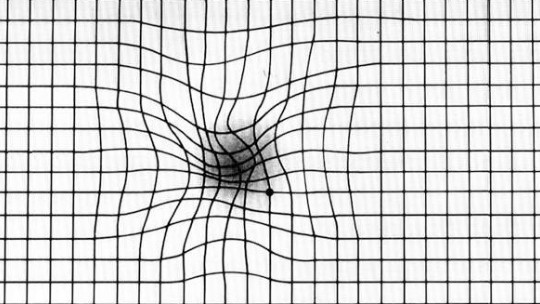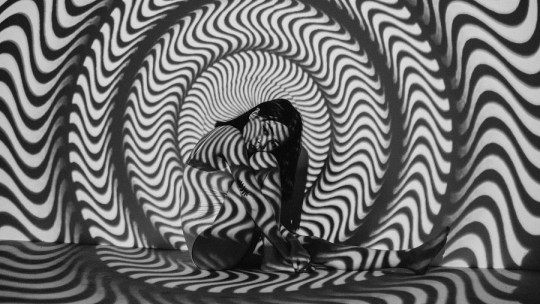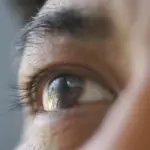The human being constantly perceives the reality that surrounds him, obtaining information from the environment through the different senses to later integrate the various data and process them in different brain nuclei.
However, sometimes alterations occur that cause objects and stimuli to not be perceived correctly. This is the case of perceptual splitting
Perceptual splitting as alteration of perception
By perceptual split we understand that type of alteration of perception in which the information regarding the stimuli is not perceived in an integrated manner. This can occur with information from different sensory modalities, but in general the concept of perceptual splitting tends to refer to the separation of perceptual elements captured by the same sense, the most common case being the disintegration of visual information.
It is important to keep in mind that the problem does not occur visually or in the sensory organs , these being fully functional. And although it is an alteration of perception, we are not dealing with a hallucination either: the stimuli perceived are always real. The problem at hand is that although we capture the information correctly, we are not able to integrate it, which generates two perceptions that compete with each other.
In this way, in the face of perceptual splitting we see the stimulus disintegrated, appreciating separately aspects that we should see as a whole, such as the shape of objects and their content, or separating color and shape. We would not see a red apple, if not on one hand the color red and on the other an apple.
Types of perceptual splitting
There is no single type of perceptual split In general, we can consider that, with regard to the type of split that occurs in the same sensory modality and specifically in vision, there are two main types of perceptual split: morpholysis and metachromia. In addition, it is possible that there is a perceptual split between different senses.
1. Morpholysis
Morpholysis is the perceptual split that occurs only at the level of form We are unable to put together information about the shape of objects from their content. It is possible, for example, that we see someone’s face separated from their body.
2. Metachromia
As for metachromias, they refer to those perceptual splits in which we perceive color and shape separately For example, we see them separately or the color exceeds the shape (as if we went out of line when painting an object), or colors that do not correspond to the real ones.
3. Disintegration of information from different sensory modalities
Generally this is the dissociation between sight and hearing, although other senses could also fall into this category. Thus, what we hear and what we see is perceived separately, as if it came from two different stimuli. For example, we are unable to relate the voice to the movement of the lips of the person in front of us. It could also occur with sight and touch, for example.
Causes
It is very common for morpholysis and metachromia to appear in the context of a psychotic break Likewise, the hyperstimulation typical of epilepsy can also generate perceptual splitting phenomena. It is not uncommon for it to appear due to intoxication or consumption of substances such as psychodysleptics. Another context in which perceptual splitting may appear is in the presence of brain injuries caused by traumatic brain injuries and strokes, or by the compression of some nerve pathways in cases, for example, of a brain tumor.
The most probable cause of this type of phenomenon is the malfunction of some of the relay cores or nervous pathways where the information from the different perceptual pathways is processed and integrated, both from the same sense and from the set of external information. This causes different elements of the same perception to be perceived separately.
Treatment
Perceptual splitting is not a disorder per se, but a symptom. As such, its treatment will depend largely on the type of alteration that generates it. For example, drugs can be prescribed that cancel the effect of the substances taken that generate the alteration, or neuroleptics that can reduce and stop the psychotic outbreak and reduce the possibility of new ones arising. In some cases, it may be advisable to perform occupational therapy and rehabilitation that can help restore the normal functioning of nerve connections.
However, What will always be advisable is to provide the patient with information about what is happening given that this type of alteration can cause a great level of anguish and worry.









